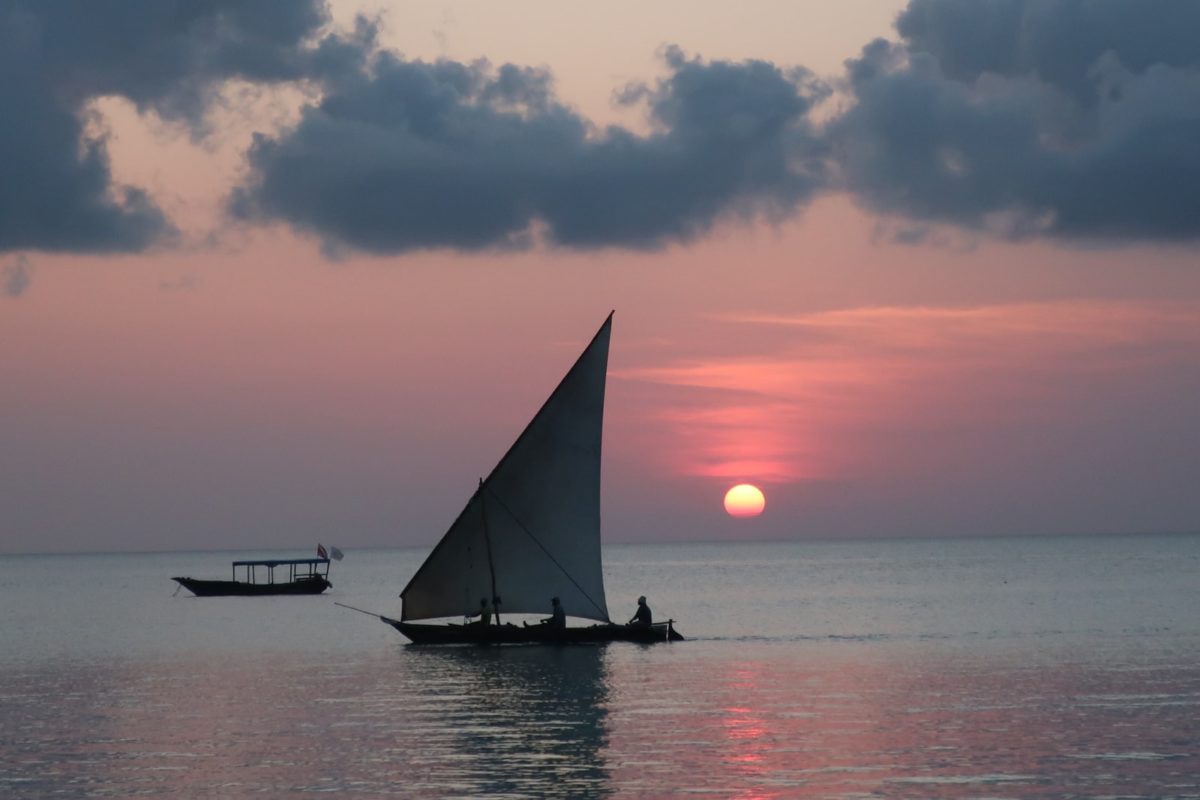This is obviously one of the questions we ask ourselves when we have to go abroad. What currency is used there, what money should I bring with me, where to change next, what budget should I plan on the spot, should we leave tips, etc. etc.? Questions to which we offer you the beginning of an answer here.
Go there today Tanzania and its wide spaces to talk about money…
What currency for Tanzania?
The Tanzanian shilling has been the country’s official currency since 1966, when it replaced the East African shilling which was then used in several countries in the region.
- Ideate: Tanzanian shilling (100 senti).
- Billets: 500, 1 000, 2 000, 5 000 and 10 000 Tsh.
- Pieces : 50, 100, 200 and 500 Tsh.
- Exchange rate : this is Here you are.
Exchange and payments
In large cities and tourist areas it is relatively easy to obtain foreign currency at banks and other exchange offices. In secondary cities, to help out, there are sometimes places that can exchange currency, although the rates are not always very good.
Otherwise, as always, you can also use the bank card exchange, which is much simpler but which still cannot be done everywhere due to the lack of distributors.
Which currency to take?
For a long time the US dollar was almost the “second currency” of the country, to the point that in the tourism sector many prices are still displayed and payable in this currency (entrances to parks, large hotels, etc.). Today, however, the euro also occupies an increasingly important place and is increasingly accepted.
That said, when it comes to cash, you might also want to plan on a mix of the two to avoid disappointment (or an undervalued euro in transactions), especially if you’re traveling off the beaten path. In any case, bring with you recent, good-condition US currency bills.
Payment methods
Card payment is possible, although still limited in the country. It can be done mainly in large hotels, lodges, vehicle rentals or safari agencies. As always, pay attention to bank fees.
It therefore remains in your interest to plan your liquidity in local currency (small denominations are welcome), but also in US dollars and incidentally in euros, especially when you move away from large centres. While most parks also require you to pay the entrance fee in cash and dollars; only a few actually accept bank cards. This is why in Tanzania it is always important to find out about the authorized payment method before each transaction.
On the way back
While you can exchange your remaining shillings upon departure, conversion rates are generally not favorable. The simplest thing is to change as much as you need and have cash in dollars, or possibly in euros, to end your stay.
Balance
Depending on what you intend to do in the country, a trip to Tanzania may require a limited budget or, conversely, certain means.
So, obviously, until we go on safari or climb Mount Kilimanjaro, it is clear that the financial needs will not be huge. By eating locally, sleeping in small hotels or guesthouses and using local transport you can survive on the equivalent of around forty euros a day (calculated on two people). Which is quite affordable, but still (very) frustrating because at this level we will miss out on what is the main interest of the country, which is obviously its safaris.
And safaris are expensive! If only because most of them are only organized or supervised, entry to the parks is not allowed and the country has always wanted to more or less avoid mass tourism in its reserves.
At a minimum you can count on the equivalent of €100/150 per safari day for the cheapest packages which include overnight stays in a tent on site or overnight stays outside the area. As regards the choice of the lodge option, it will then be necessary to foresee double or almost double. Of course, prices also vary depending on the season, the number of days planned, the people and the parks chosen.
And if you want to climb Kilmandjaro, you will also have to budget several hundred euros, depending on the access route to the summit. Typically, for €1,000 per person you get good service for 5 or 6 days all inclusive (from the moment you are there).
Which can be expensive
- Safari and not necessarily just in lodges.
- Entrances to parks and reserves.
- The closer you get to the parks, the more accommodations you will have.
- The island of Zanzibar compared to the rest of the country.
- Climbing Kilimanjaro.
Which might not cost much
- Eating, sleeping and moving “locally”.
- Safari packages for several days provided by suppliers, ultimately cheaper than the same thing organized piecemeal.

Suggestions
In restaurants it is customary to leave a tip equal to 10% of the bill. We also leave a few coins for a porter while the tip for the taxi driver is included in the negotiated price.
During a safari the tip left for the driver can be around €5 per day and per person, while for the guide it can then be multiplied by three.
Also keep in mind that taking a photo of someone, especially when it comes to Maasai, often means having to give something…
